Features
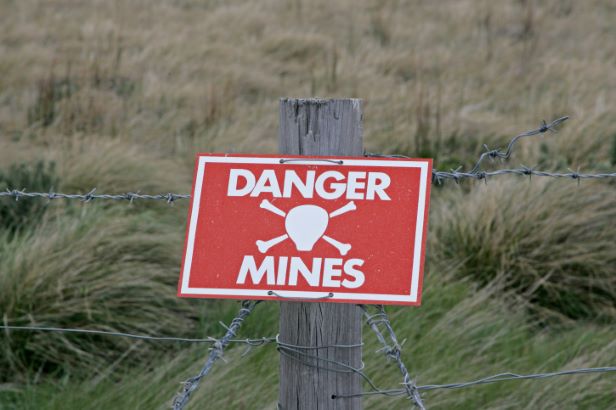
Landmines In Bankruptcy Appellate Practice
Pundits are raving about the current increase in business bankruptcy cases. But they rarely, if ever, mention the spike in bankruptcy appeals. A brief survey of recent decisions shows that appellate courts are, among other things, finding ways to (a) avoid making decisions or to (b) avoid litigation delay and uncertainty by expediting appellate review. Practitioners can avoid surprises by grasping what these courts are actually doing.
Features

Lack of a Succession Plan Can Lead to the Death of a Law Firm
Firms with aging managing partners should develop a succession plan for transferring clients and management responsibilities (over a five-to-ten-year transition period) to the firm's younger attorneys.
Features
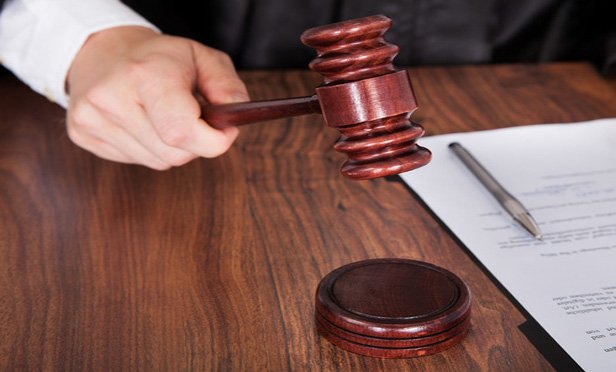
What Is Property for Due Process Purposes?
Although the federal constitution protects against deprivation of property without due process, the Second Circuit and federal district courts have erected significant barriers to dues process claims by landowners who challenge municipal permit denials or revocations.
Features
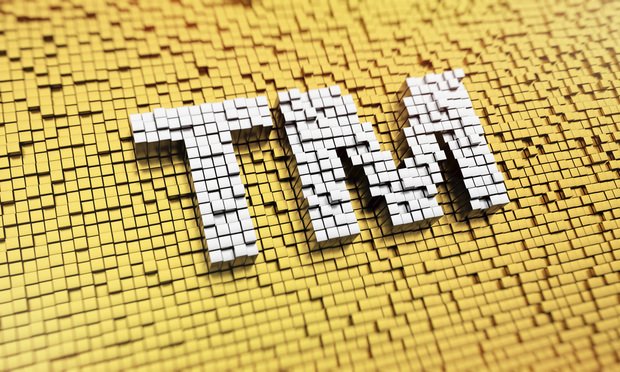
The Presumption of Irreparable Harm After the Trademark Modernization Act Of 2020: The Good, the Bad and the Ugly
This article explores developments (both positive and negative) in the post-TMA world in which courts have wrestled with implementation of the presumption of irreparable harm in trademark cases.
Features
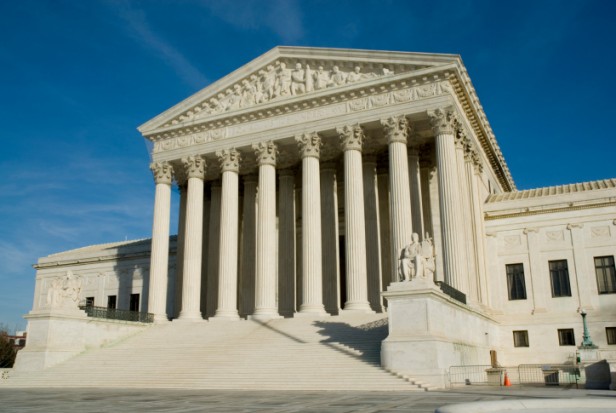
How Far Can You Reach? The Territorial Limits of Lanham Act Infringement and False Designation of Origin Claims
On June 29, 2023, the U.S. Supreme Court set new geographic limits for infringement and false designation of origin claims raised under Sections 1114 and 1125(a) of the Lanham Act. Given the global nature of business today, the decision highlights the need for trademark owners to continually reassess and, perhaps, expand their international trademark registration strategy as product lines and brands become more international in scope.
Features

How to Build the Law Firm of the Future
The onus is on law firm leaders to balance risk and opportunity. How can firms guide through an increasingly perilous landscape rife with opposing hazards to start building the law firm of the future today?
Features

It's a Tenant's Market: How to Negotiate and Navigate the Leasing Process
A hybrid workforce has meant that office and retail space is in plentiful supply. These high vacancy rates have caused landlord defaults to be on the rise, making it a tenant-friendly environment for leasing space and obtaining tenant-favorable lease terms. Here is a step-by-step tutorial on how to negotiate the best lease terms and navigate the leasing process while saving money on rent, tenant buildout and operating expenses.
Features
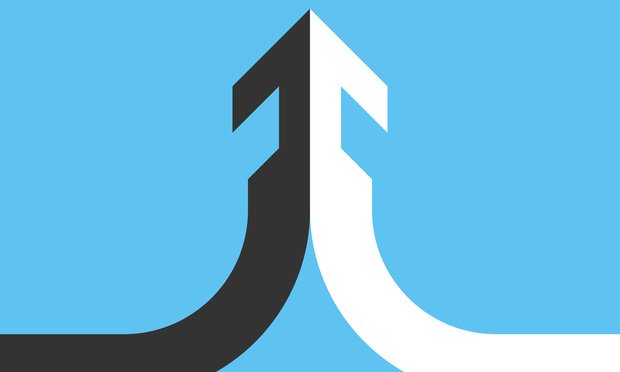
Is Consolidation Coming to a Firm Near You?
Automate Onboarding & Offboarding Processes for Smoother Transitions Questions about the role of AI in the legal market continue to dominate current headlines, but firm consolidation remains a big part of the transformation the industry is undergoing. And yes, technology and automation are playing key parts in this. As firms merge or acquire others to expand their capabilities and client base, a streamlined approach to attorney onboarding and offboarding has become essential.
Features

Preparing for Proxy Season 2018: A Primer for General Counsel
As we enter 2018, public companies across the United States will begin, in earnest, their preparations for this year's proxy season and annual shareholder meetings. It is not an understatement to say that 2017 was a tumultuous year on many fronts — economically, politically and globally. As a result, general counsel should have several issues on their radar that could play a role in 2018's proxy season.
Features

Influencing the Influencers
The importance of promoting brands and products on digital platforms has continued to grow as advertisers are learning how to use social media to reach out to specific populations by harnessing the power and goodwill of the people on these platforms that are popular with and influence particular niche groups of interest. These so-called “influencers” can have thousands, or even millions and tens of millions of followers. But when is the influencer an objective critic, and when is she a paid spokesperson?
Need Help?
- Prefer an IP authenticated environment? Request a transition or call 800-756-8993.
- Need other assistance? email Customer Service or call 1-877-256-2472.
MOST POPULAR STORIES
- 'Customary Operations' or A Vacant Building?Many times, courts are faced with the question of whether a loss location is 'vacant' under a commercial property policy when trying to determine if the building owner or lessee is conducting customary operations. This article explores various decisions across the United States as to what is considered 'customary operations,' thereby rendering the property 'vacant.'Read More ›
- Redefining Attorney-Client Collaboration with Technology That Delivers Greater ValueIf savvy law firm attorneys haven't done so yet, they should take this time to adjust their expectations and increase their comfort levels with new technologies, processes, and workflows. Going forward, their clients will expect the emphasis to be on relationships and outcomes, not billable hours.Read More ›
- Mixed Ruling in Jefferson Starship Band Name SuitWhat's in a rock band's name? Plenty, if you are talking about Jefferson Starship, which goes back more than 40 years, has had more than 30 members and was born from the 1960s psychedelic rock band Jefferson Airplane.Read More ›
- Bankruptcy Sales: Finding a Diamond In the RoughThere is no efficient market for the sale of bankruptcy assets. Inefficient markets yield a transactional drag, potentially dampening the ability of debtors and trustees to maximize value for creditors. This article identifies ways in which investors may more easily discover bankruptcy asset sales.Read More ›
- Authorship and Copyright In Hybrid AI-Human Collaborative WorksThe United States Copyright Office recently issued a letter ruling on the copyrightability of Kristina Kashtanova's comic book-like work, Zarya of the Dawn. The Kashtanova ruling indicates that the Copyright Office's determination of copyrightability of works involving use of AI will rely on whether the author is able to control and foresee with some measure of predictability the output of the authorial processRead More ›
